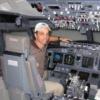
Sign in to follow this
Followers
0

What do you do if you lose speed indication?
By
paulyg123, in PMDG General Forum


By
paulyg123, in PMDG General Forum